Stochastic Simulations of Clusters —— Quantum Methods in Flat and Curved Spaces
----- 团簇的随机模拟
FUNDAMENTALS FORTRAN Essentials Introduction What Is FORTRAN? FORTRAN Basics Data Types The IMPLICIT Statement Initialization and Assignment Order of Operations Column Position Rules A Typical Chemistry Problem Solved with FORTRAN Free Format I/O The FORTRAN Code for the Tertiary Mixtures Problem Conditional Execution Loops Intrinsic Functions User-Defined Functions Subroutines Numerical Derivatives The Extended Trapezoid Rule to Evaluate Integrals Basics of Classical Dynamics Introduction Some Important Variables of Classical Physics The Lagrangian and the Hamiltonian in Euclidean Spaces The Least Action Principle and the Equations of Motion The Two-Body Problem with Central Potential Isotropic Potentials and the Two-Body Problem The Rigid Rotor Numerical Integration Methods Hamilton's Equations and Symplectic Integrators The Potential Energy Surface Dissipative Systems The Fourier Transform and the Position Autocorrelation Function Basics of Stochastic Computations Introduction Continuous Random Variables and Their Distributions The Classical Statistical Mechanics of a Single Particle The Monoatomic Ideal Gas The Equipartition Theorem Basics of Stochastic Computation Probability Distributions Minimizing V by Trial and Error The Metropolis Algorithm Parallel Tempering A Random Number Generator Vector Spaces, Groups, and Algebras Introduction A Few Useful Definitions Groups Number Fields Vector Spaces Algebras The Exponential Mapping of Lie Algebras The Determinant of a n x n Matrix and the Levi-Civita Symbol Scalar Product, Outer Product, and Vector Space Mapping Rotations in Euclidean Space Complex Field Extensions Dirac Bra-Ket Notation Eigensystems The Connection between Diagonalization and Lie Algebras Symplectic Lie Algebras and Groups Lie Groups as Solutions of Differential Equations Split Symplectic Integrators Supermatrices and Superalgebras Matrix Quantum Mechanics Introduction The Failures of Classical Physics Spectroscopy The Heat Capacity of Solids at Low Temperature The Photoelectric Effect Black Body Radiator The Beginning of the Quantum Revolution Modern Quantum Theory and Schrodinger's Equation Matrix Quantum Mechanics The Monodimensional Hamiltonian in a Simple Hilbert Space Numerical Solution Issues in Vector Spaces The Harmonic Oscillator in Hilbert Space A Simple Discrete Variable Representation (DVR) Accelerating the Convergence of the Simple DVR Elements of Sparse Matrix Technology The Gram-Schmidt Process The Krylov Space The Row Representation of a Sparse Matrix The Lanczos Algorithm Orbital Angular Momentum and the Spherical Harmonics Complete Sets of Commuting Observables The Addition of Angular Momentum Vectors Computation of the Vector Coupling Coefficients Matrix Elements of Anisotropic Potentials in the Angular Momentum Basis The Physical Rigid Dipole in a Constant Electric Field Time Evolution in Quantum Mechanics Introduction The Time-Dependent Schrodinger Equation Wavepackets, Measurements, and Time Propagation of Wavepackets The Time Evolution Operator The Dyson Series and the Time-Ordered Exponential Representation The Magnus Expansion The Trotter Factorization The time_evolution_operator Program Feynman's Path Integral Quantum Monte Carlo A Variational Monte Carlo Method for Importance Sampling Diffusion Monte Carlo (IS-DMC) IS-DMC with Drift Green's Function Diffusion Monte Carlo The Path Integral in Euclidean Spaces Introduction The Harmonic Oscillator Classical Canonical Average Energy and Heat Capacity Quantum Canonical Average Energy and Heat Capacity The Path Integral in Rd The Canonical Fourier Path Integral The Reweighted Fourier-Wiener Path Integral ATOMIC CLUSTERS Characterization of the Potential of Ar7 Introduction Cartesian Coordinates of Atomic Clusters Rotations and Translations The Center of Mass The Inertia Tensor The Structural Comparison Algorithm Gradients and Hessians of Multidimensional Potentials The Lennard-Jones Potential V(LJ) The Gradient of V(LJ) Brownian Dynamics at 0 K Basin Hopping The Genetic Algorithm The Hessian Matrix Normal Mode Analysis Transition States with the Cerjan-Miller Algorithm Optical Activity Classical and Quantum Simulations of Ar7 Introduction Simulation Techniques: Parallel Tempering Revisited Thermodynamic Properties of a Cluster with n Atoms The Program parallel_tempering_r3n.f The Variational Ground State Energy Diffusion Monte Carlo (DMC) of Atomic Clusters Path Integral Simulations of Ar7 Characterization Techniques: The Lindemann Index Characterization Techniques: Bond Orientational Parameters Characterization Techniques: Structural Comparison Appendices METHODS IN CURVED SPACES Introduction to Differential Geometry Introduction Coordinate Changes: Einstein's Sum Convention and the Metric Tensor Contravariant Tensors Gradients as 1-Forms Tensors of Higher Ranks The Metric Tensor of a Space Integration on Manifolds Stereographic Projections Dynamics in Manifolds The Hessian Metric The Christofell Connections and the Geodesic Equations The Laplace-Beltrami Operator The Riemann-Cartan Curvature Scalar The Two-Body Problem Revisited Stereographic Projections for the Two-Body Problem The Rigid Rotor and the Infinitely Stiff Spring Constant Limit Relative Coordinates for the Three-Body Problem The Rigid-Body Problem and the Body Fixed Frame Stereographic Projections for the Ellipsoid of Inertia The Spherical Top The Riemann Curvature Scalar for a Spherical Top Coefficients and the Curvature for Spherical Tops with Stereographic Projection Coordinates (SPCs) The Riemann Curvature Scalar for a Symmetric Nonspherical Top A Split Operator for Symplectic Integrators in Curved Manifolds The Verlet Algorithm for Manifolds Simulations in Curved Manifolds Introduction The Invariance of the Phase Space Volume Variational Ground States DMC in Manifolds The Path Integral in Space-Like Curved Manifolds The Virial Estimator for the Total Energy Angular Momentum Theory Solution for a Particle in S2 Variational Ground State for S2 DMC in S2 Stereographic Projection Path Integral in S2 Higher Dimensional Tops The Free Particle in a Ring The Particle in a Ring Subject to Smooth Potentials APPLICATIONS TO MOLECULAR SYSTEMS Clusters of Rigid Tops Introduction The Stockmayer Model The Map for R3n (S2)n The Gradient of the Lennard-Jones Dipole-Dipole (LJDD) Potential Beyond the Stockmayer Model for Rigid Linear Tops The Hessian Metric Tensor on R3n (S2)n Reweighted Random Series Action for Clusters of Linear Rigid Tops The Local Energy Estimator for Clusters of Linear Rigid Tops Clusters of Rigid Nonlinear Tops Coordinate Transformations for R3n n The Hessian Metric Tensor for R3n n Local Energy and Action for R3n n Concluding Remarks Bibliography Index
{{comment.content}}
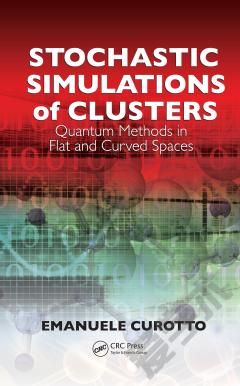
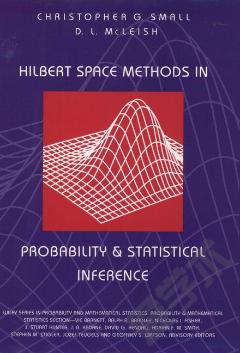
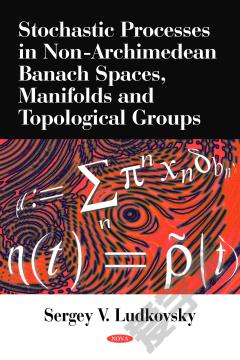
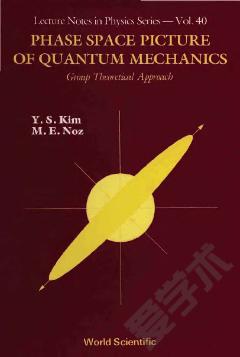
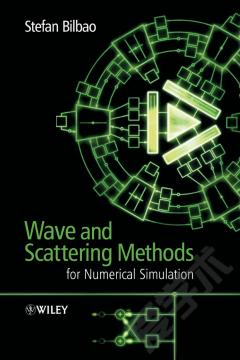



 京公网安备 11010802027623号
京公网安备 11010802027623号